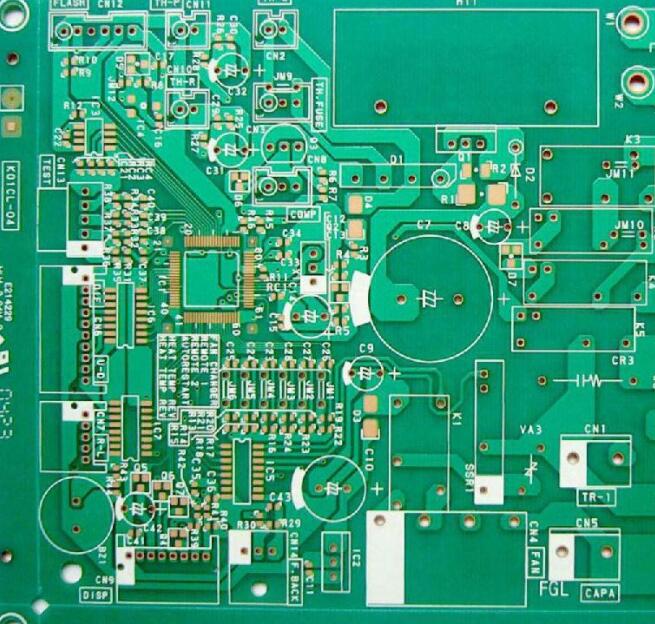Surface treatment method for PCB multi-layer board processing
How many methods are there for surface treatment during PCB multilayer processing?
The circuit board must be flame-resistant, cannot burn at a certain temperature, but can only be softened. The temperature at this time is called the glass transition temperature (Tg point), and this value is related to the dimensional stability of the PCB board.
What is a high Tg PCB circuit board and the advantages of using a high Tg PCB?
When the temperature of a high Tg printed board rises to a certain area, the substrate will change from "glass state" to "rubber state". The temperature at this time is called the glass transition temperature (Tg) of the board. In other words, Tg is the highest temperature at which the substrate maintains rigidity.
What are the specific types of PCB boards?

Divided by grade level from bottom to high as follows:
94HB - 94VO - 22F - CEM-1 - CEM-3 - FR-4
The details are as follows:
94HB: ordinary cardboard, not fireproof (the lowest grade material, die punching, can not be used as a power supply board)
94V0: Flame Retardant Cardboard (Die Punching)
22F: Single-sided half glass fiber board (die punching)
CEM-1: Single-sided fiberglass board (computer drilling is necessary, not die punching)
CEM-3: Double-sided semi-glass fiber board (except for double-sided cardboard, it is the lowest-end material of double-sided board. Simple double-sided board can use this material, which is 5~10 yuan/square meter cheaper than FR-4) FR- double-sided Fiberglass panels.
The circuit board must be flame-resistant, cannot burn at a certain temperature, but can only be softened. The temperature at this time is called the glass transition temperature (Tg point), and this value is related to the dimensional stability of the PCB board.
What is a high Tg PCB circuit board and the advantages of using a high Tg PCB. When the temperature rises to a certain area, the substrate will change from the "glass state" to the "rubber state", and the temperature at this time is called the board The glass transition temperature (Tg). In other words, Tg is the highest temperature (°C) at which the substrate maintains rigidity. That is to say, ordinary PCB substrate materials not only produce softening, deformation, melting and other phenomena at high temperatures, but also show a sharp decline in mechanical and electrical characteristics (I think you don’t want to see the classification of PCB boards and see this situation in your own products. ).
Generally, the plate with Tg is 130 degrees or more, the high Tg is generally greater than 170 degrees, and the medium Tg is about 150 degrees. Usually PCB printed boards with Tg ≥ 170°C are called high Tg printed boards.
As the Tg of the substrate increases, the heat resistance, moisture resistance, chemical resistance, stability and other characteristics of the printed board will be improved and improved. The higher the TG value, the better the temperature resistance of the board, especially in the lead-free process, where high Tg applications are more common.
High Tg refers to high heat resistance. With the rapid development of the electronics industry, especially the electronic products represented by computers, the development of high functionality and high multilayers requires higher heat resistance of PCB substrate materials as an important guarantee. The emergence and development of high-density mounting technologies represented by SMT and CMT have made PCBs more and more inseparable from the support of high heat resistance of substrates in terms of small aperture, fine wiring, and thinning.
Therefore, the difference between general FR-4 and high Tg FR-4 is the mechanical strength, dimensional stability, adhesion, water absorption, and thermal decomposition of the material in the hot state, especially when heated after moisture absorption. There are differences in various conditions, such as thermal expansion, and high Tg products are obviously better than ordinary PCB substrate materials.